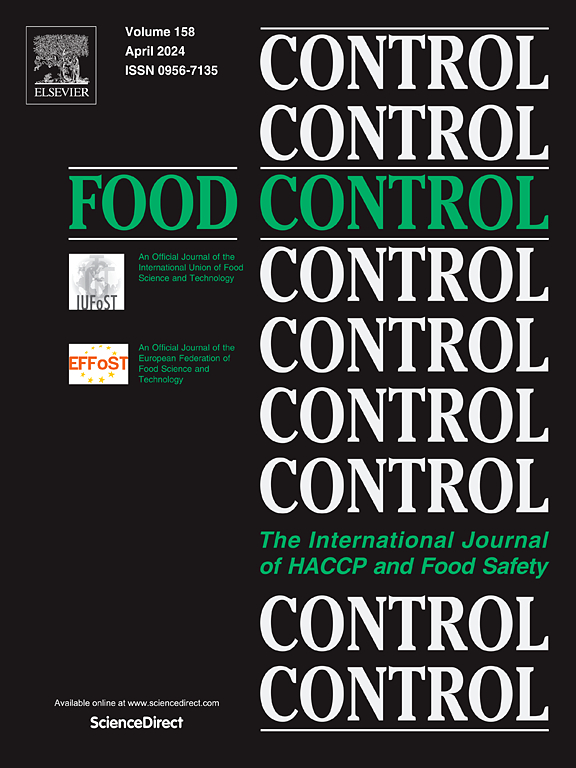Reduction of polycyclic aromatic hydrocarbon (PAH) toxicity risks in crude rice bran oil during storage using membrane filtration
IF 5.6
1区 农林科学
Q1 FOOD SCIENCE & TECHNOLOGY
引用次数: 0
Abstract
Storage before refining can degrade oil quality and increase toxicity risk from polycyclic aromatic hydrocarbon (PAH) contamination. At present, few studies have focused on reducing PAHs in crude oil, especially the effectiveness of membrane filtration in reducing PAHs needs further evaluation. This study investigated oxidation changes and 54 PAHs in stored crude vegetable oils during storage and evaluated membrane filtration's effectiveness in reducing PAH contamination. Our findings revealed that the formation of PAHs primarily involved increased heavy PAHs (HPAHs) and oxygenated PAHs (OPAHs). During the storage, parent PAHs can be oxidized to OPAHs, with OPAH levels in crude oils reaching as much as 4.38 times their initial concentrations. The toxic equivalent quantity (TEQ) also increased, with crude rice bran oil rising to 2.03 times its pre-oxidation level. Notably, membrane filtration, which has not been reported in the removal of PAHs contained in vegetable oils, has shown potential for removing light PAHs (LPAHs). The removal rate of anthracene-d10 (Ant-d10) in the n-hexane system was 61.13%, while in oil samples, it dropped to 15.82%. Further comparing three market-available nanofiltration membranes for PAH removal from crude oils, NT103 performed the best, achieving a 30.12% removal rate for PAH54. In summary, this study provides scientific insight into the quality changes of crude oils during accelerated oxidation and provides a green solution based on membrane filtration technology for removing PAHs from vegetable oils.
求助全文
约1分钟内获得全文
求助全文
来源期刊

Food Control
工程技术-食品科技
CiteScore
12.20
自引率
6.70%
发文量
758
审稿时长
33 days
期刊介绍:
Food Control is an international journal that provides essential information for those involved in food safety and process control.
Food Control covers the below areas that relate to food process control or to food safety of human foods:
• Microbial food safety and antimicrobial systems
• Mycotoxins
• Hazard analysis, HACCP and food safety objectives
• Risk assessment, including microbial and chemical hazards
• Quality assurance
• Good manufacturing practices
• Food process systems design and control
• Food Packaging technology and materials in contact with foods
• Rapid methods of analysis and detection, including sensor technology
• Codes of practice, legislation and international harmonization
• Consumer issues
• Education, training and research needs.
The scope of Food Control is comprehensive and includes original research papers, authoritative reviews, short communications, comment articles that report on new developments in food control, and position papers.
 求助内容:
求助内容: 应助结果提醒方式:
应助结果提醒方式:


